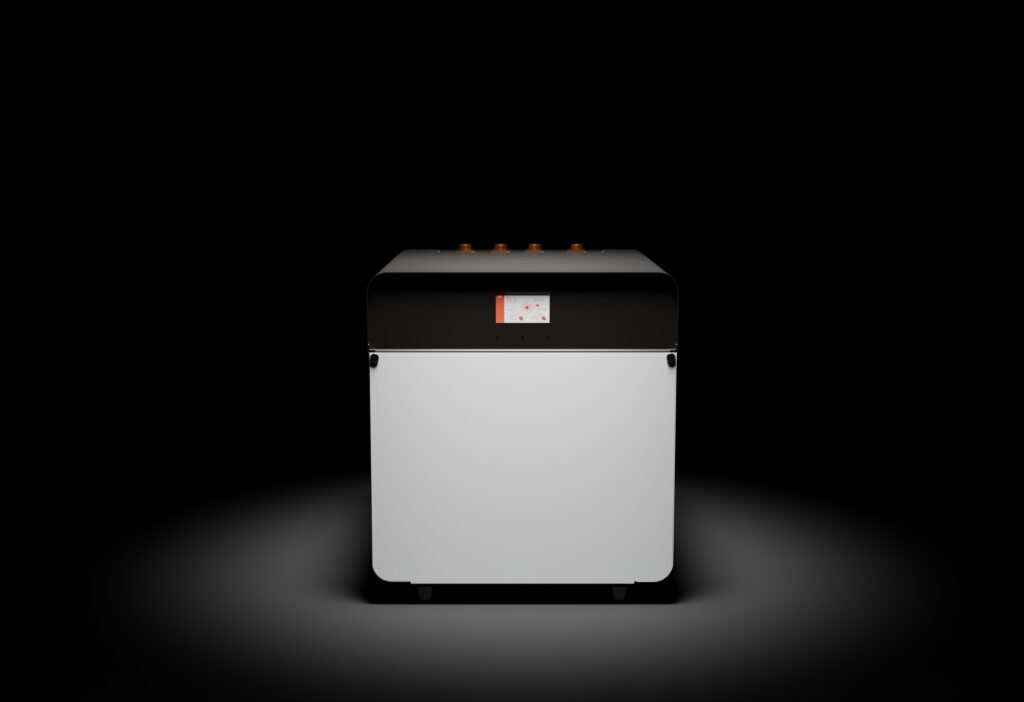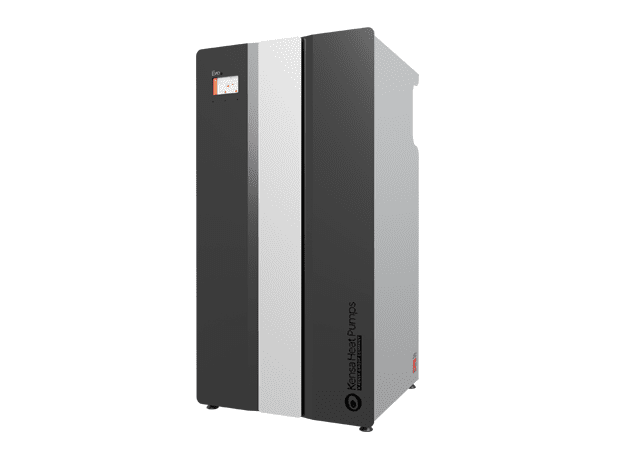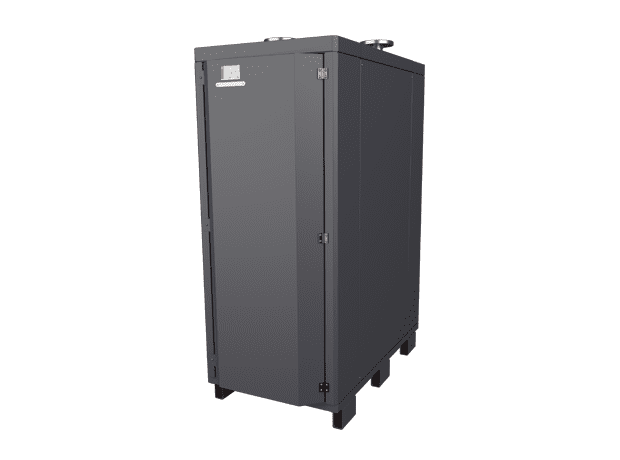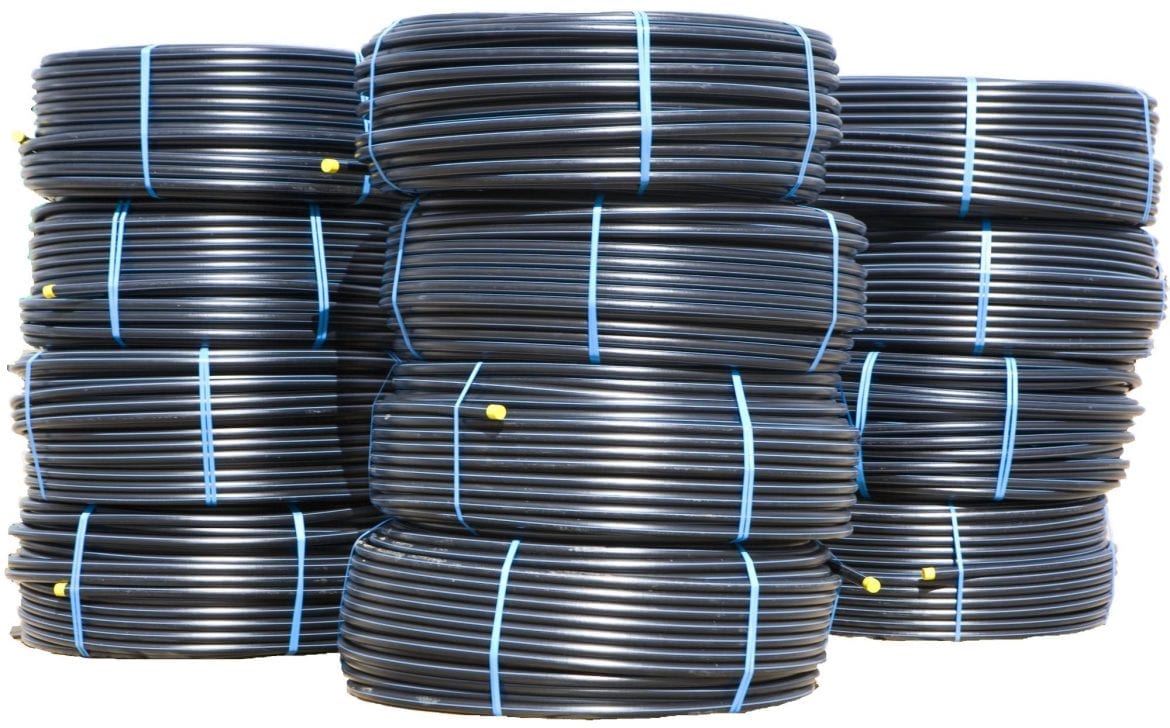Kensa CEO Tamsin Lishman joined the renowned climate leadership podcast, Cleaning Up, to discuss Kensa’s ground source heat pump vision
How do you decarbonise heating for millions of people? Did you know there’s a clean and green solution under our feet – that can also provide cooling? Ahead of the Shoebox NX launch, Kensa’s CEO, Tamsin Lishman, sat down with Baroness Bryony Worthington to dig deeper into this topic for a bumper edition of the Cleaning Up Podcast.
The podcast, hosted by clean energy and climate change champions Michael Leibrich and Baroness Worthington, is a weekly series that lifts the lid on the low-carbon transition through eye-opening conversations with leaders in clean energy, mobility, climate finance, or sustainable development.
Kensa was delighted to be featured on this widely respected podcast and join a vitally important discussion about the solutions to decarbonising heat – a challenge and a journey that will affect millions of people across the UK over the next 20 to 30 years.
This episode focused on the innovative solution that Kensa is pioneering in the UK, one that can work for any new build home, and is a viable renewable heating option for more than 60% of current UK homes – that solution is Networked Ground Source Heat Pumps.
Here’s a summary of what was discussed when Tamsin joined Baroness Worthington in the Cleaning Up Studio:
Tamsin Lishman:
Most importantly, for us, networked ground source heat pumps done at scale are a critical part of the pathway to decarbonise heat. They are a solution for street-by-street, area-by-area decarbonisation with pipes in the ground, and then allowing consumers to choose as-and-when they want to sign up or not.
Mirroring the gas grid or how we heat our homes today, a white box of our choice providing hot water and heating in a cupboard that we choose, connecting to pipes in the street.
Ground Source Heat Pumps work via an array of pipes and boreholes under the ground, absorbing the low-grade heat in the earth, which has a constant ambient temperature of around 10oC – 15oC, taking that heat into the heat pump which compresses it into a high-grade heat used for heating and hot water – much like a fridge, but in reverse – something which Tamsin admits is simple and boring, but in a good way!
Tamsin Lishman:
The technology is designed to be very simple, very robust, long-lasting, and really quite boring – which is good!
Baroness Worthington:
But we like boring, boring is good.


When deployed as part of a network, where a shared ground array of underground boreholes and pipes absorbs and circulates a water/antifreeze mix and provides a renewable heat source for multiple homes, ground source heat pumps suddenly become an obviously suitable yet familiar solution to decarbonise homes on a mass scale.
With mass rollout in mind, Kensa developed a funding model to remove the costliest part of the process from the homeowner or housebuilder – the network installation. Mirroring the models already used by private utility companies, Kensa has created something that will be as familiar as gas to many, but instead of burning fossil fuels, it uses a 100% renewable heat source and can be powered by electricity, which can only get greener as the grid decarbonises.
Tamsin Lishman:
Really mirroring the gas grid or how we heat our homes today, a white box of our choice providing hot water and heating in a cupboard that we choose, connecting to pipes in the street, funded by institutional investors.
We manufacture heat pumps, we install them at scale, and then with the support of Octopus and Legal & General, we take away that barrier which is the higher upfront cost, so we fund the ground arrays, and then we allow consumers to pay a small standing charge, exactly like they do for gas and electricity today.
While Networked Ground Source Heat Pumps share similarities with the gas network, they stand out in another way compared to their fossil-fuel-burning predecessors – they can capitalise on the laws of physics to cool a home in the summer!
Tamsin Lishman:
It’s not the white box (heat pump), but the ground array can also provide cooling in summer. So, taking that excess heat from the home, putting it in the ground.


The Cleaning Up Podcast discussion comes at an exciting time for Kensa. In 2023, the company announced it had received investment from Octopus Energy and Legal & General, which would help it increase heat pump production, with the ambition of delivering 70,000 heat pumps by 2030. This investment has also opened the door for the creation of over 7,000 green manufacturing jobs, directly through Kensa and the various supply chains it uses.
On the back of the investment, Kensa launched its latest ground source heat pump in February this year – the Shoebox NX – which it expects to be a game changer for the UK heat pump market. The latest iteration of the Kensa’s ‘little white box’, the Shoebox NX combines 25 years of ground source heat pump expertise and networked heat pump knowledge, packing this into a small and compact unit that is over five times more efficient than a gas boiler.
You can catch Tamsin’s and Baroness Worthington’s discussion in full on the Cleaning up Podcast website, their Youtube channel, and on Spotify and Apple podcasts.







